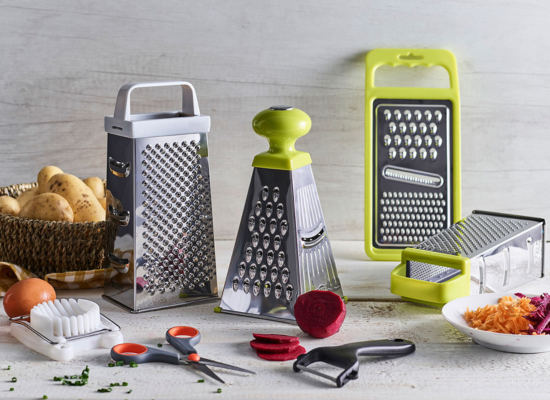
Manufacturers add sodium tripolyphosphate (STPP) to shrimp as a preservative to retain its moisture and freshness. However, it also causes the crustacean to absorb water and fake weight on the scale. Also, if you’re an avid frozen shrimp eater with concerns about your sodium intake, you should know how to remove sodium tripolyphosphate from shrimp.
You can remove sodium tripolyphosphate from shrimp by thoroughly rinsing the shrimp in cold water. Soaking the shrimp periodically in cold water can also help remove the salt. Ensure that you defrost the shrimp in cold water to drain the salt. Lastly, boiling helps remove most of the shrimp’s salt.
Still confused? No worries! We’ve discussed the details of all the methods in this article so you can try them at home and make frozen shrimp a healthier alternative when you don’t have fresh ones at your disposal. Let’s dive in!
4 Ways To Remove Sodium Tripolyphosphate From Shrimp
1. Rinse Shrimp Using Cold Water
It doesn’t matter if you bought shrimp from a store and it says “ready to cook” on the packaging. You should clean it regardless. Rinsing the shrimp helps wash off some amount of the preservatives from it.
Wash each shrimp individually for 5-10 seconds under a stream of cold water. Do not use warm water because this sensitive crustacean overcooks easily and develops a rubbery texture. The brine and sodium tripolyphosphate in the shrimp will wash away with the cold water. The same doesn’t happen if you cook the shrimp directly.
2. Soak Shrimp in Cold Water Baths
Using a little science helps figure out problems like the one at hand. Diffusion and osmosis are processes that cause solvent molecules to move from a region of higher concentration to a region of lower concentration. The process continues till both regions have equal concentration.
So if you soak your shrimp in a cold water bath, the sodium tripolyphosphate in it will move to the surrounding liquid. Drain and change the cold water periodically to ensure that you’re flushing out the removed salt and repeating the process.
It is worth mentioning that sodium polyphosphate is added to preserve the shrimp’s freshness and its removal may quicken the spoilage process. You can keep the soaked shrimp in the fridge to avoid spoilage. The low temperature will slow down the diffusion process. Keep in mind that the shrimp may not have the same flavor and texture after you do this, depending on its quality.
3. Defrost Shrimp in Cold Water
While defrosting the frozen shrimp, put it in ice-cold water. You can keep ice underneath the cool water to ensure that it remains cold. Once the shrimp has thawed, drain the water, and give a final wash to each shrimp. You can now use it in your meals without worrying about the amount of sodium tripolyphosphate.
This method works because the water’s low temperature makes it easy to drain the sodium polyphosphate from the shrimp.
4. Boil the Shrimp
Boiling is the most effective method to remove sodium tripolyphosphate from shrimp. However, we understand that it’s not the most convenient method, considering you won’t be able to cook the shrimp further. You can also use a pressure cooker to boil the shrimp.
So if you don’t plan on using your shrimp in another recipe, you can boil it to remove sodium polyphosphate. You can chop up the shrimp and use it in a soup or seafood salad.
Summary
Frozen shrimp typically contains sodium tripolyphosphate as an additive to preserve freshness and moisture. However, it is also a food industry tool to fake the scale’s weight since the shrimp absorbs water. Also, the increased amount of sodium isn’t good for your health.
The above reasons encourage people to either not buy shrimp containing this additive or remove it at home. Don’t stress if you don’t know how to. This article navigates 4 methods to remove sodium tripolyphosphate from shrimp, right at home. You can now enjoy using safe shrimp in your meals!




Share and get 15% off!
Simply share this product on one of the following social networks and you will unlock 15% off!